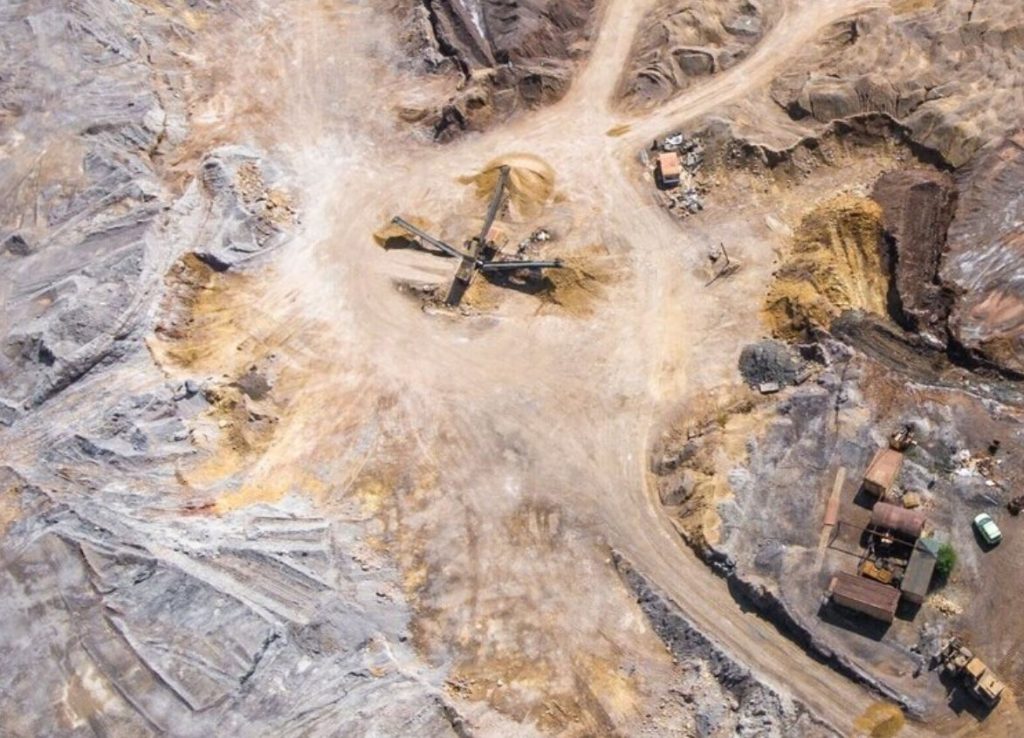Petrolympic drills 1.49 g/t gold over 5.4 metres at Belcourt, Quebec

Petrolympic Ltd. [PCQ-TSXV; PCQRF-OTC] reported assay results following the drilling of seven diamonds drill holes totalling 1,092 metres on the southern block of the 100%-optioned Belcourt property 40 km north of Val d’Or, in Abitibi, Quebec. The property is located in a favourable geological context for gold and base-metal mineralization within felsic to intermediate volcanic rocks underlain by an important structural corridor, and is surrounded by numerous precious and base metal deposits.
The objective of this drilling campaign was to validate some auriferous intersections previously obtained by Placer Dome Inc. in the Belcourt South block of the property, including the possible extension of a showing presenting 30 g/t gold over 0.4 metres. All the drill holes have intersected mineralized structures some with very significant gold intersections. Five drill holes were completed to verify the lateral and depth extension of two auriferous mineralized zones. The other two drill holes aimed at verifying IP (Induced Polarity) Resistivity anomalies potentially corresponding to mineralized shear zones.
Most of these diamond drill holes intersected gold-bearing structures coinciding with IP anomalies and returned auriferous intersections over widths up to 5.4 m. Results obtained during this first drilling program confirmed the potential of finding new mineralized structures on this large property.
The most significant intersections were drill hole BE-22-01 that returned 1.49 g/t gold over 5.4 metres (including 7.02 g/t gold over 0.9 metres) in Zone 2. BE-22-02 returned 0.71 g/t gold over 3 metres (including 1.43 g/t gold over 1 metre) in Zone 2. BE-22-04 returned 2.2 g/t gold over 1.3 metres and 3.13 g/t gold over 3 metres (including 7.29 g/t gold over 1 metre) in Zone 1.
BE-22-05 returned 0.97 g/t gold over 1 metre and 0.22 g/t gold over 1 metre in Zone . BE-22-06 returned 6.5 g/t gold over 0.5 metres and 1.3 g/t gold over 2.5 metres in Zone 1 and 1.3 g/t gold over 2.0 metres in Zone 2.
The program currently being developed will include a high-definition heliborne magnetometric survey followed by biogeochemical, prospection, mapping and sampling surveys on selected priority areas. Then diamond drilling will test the most promising targets and the depth and lateral extension of the known mineralized auriferous zones as well as significant geological, geophysical and geochemical anomalies.
